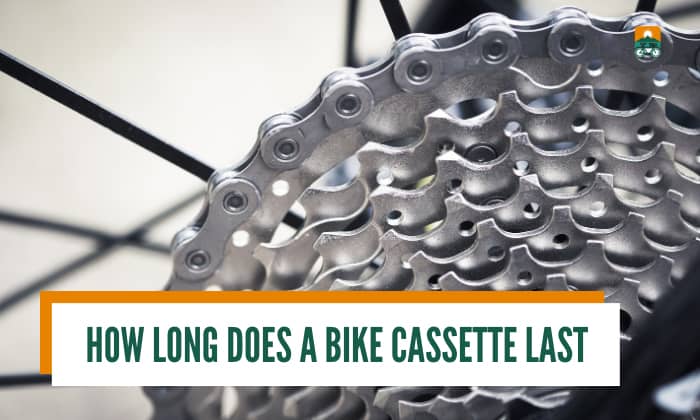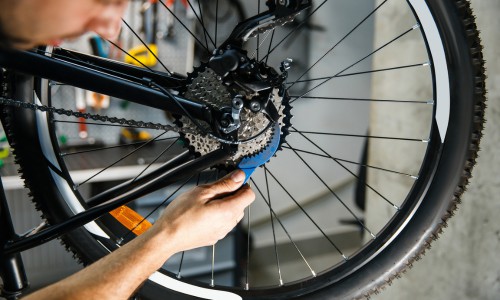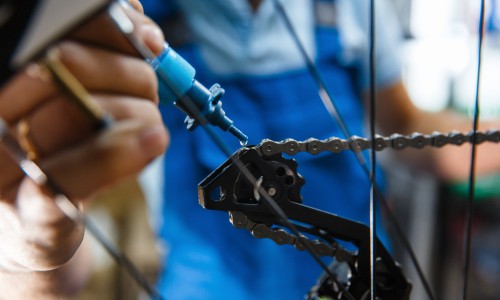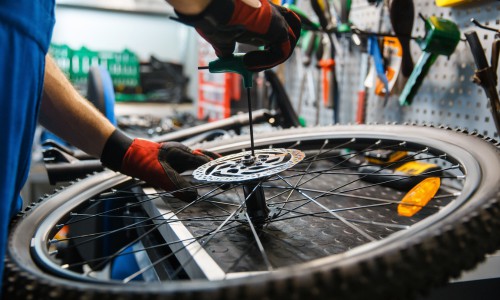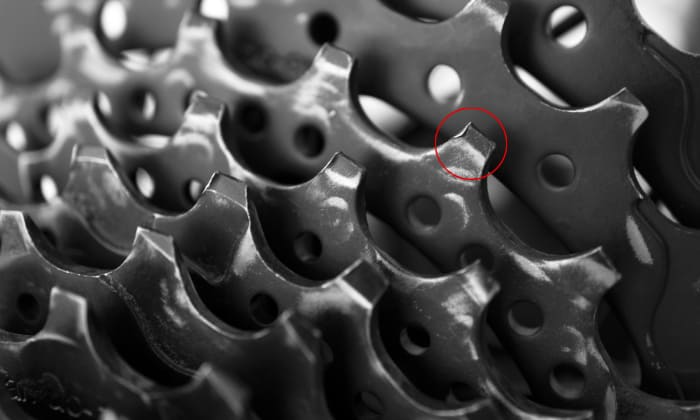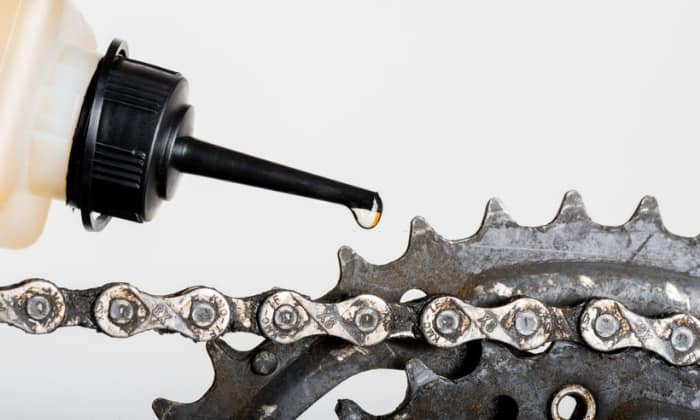Bicycle maintenance is crucial for prolonging a bike’s life, but the wear will take its toll. Eventually, you will need to replace components such as the cassette. But how long does a bike cassette last?
Cassettes can last up to 8,000 miles, but their lifespan varies depending on different types and care. MTB models sit at around 2,000 miles, while road bikes reach 6,000 miles. Various factors are also at play, and we’ll cover these as well.
Keep reading to learn more.
Table of Contents
Expected Lifespan of Bicycle Cassettes
People usually gauge the utility of an item by estimating its lifespan in years, but vehicles such as cars are different in that we track them by their mileage.
Bicycles and their components are the same; going over the mileage limit means you should expect lower performance and a bigger possibility of damage or wear.
Each component has a different mileage range, which can be hard to keep up with, and even for two of the same part, mileage varies. Let’s learn about the cassette and look at the table below.
| Bicycle Cassette Lifespan by Mileage | |
| Type of Bicycle | Miles |
| Standard bike | Up to 10000 |
| MTB | 1500 to 2000 |
| Road | 3000 to 6000 |
Bicycle cassettes can be used for up to 10,000 miles. However, this number only applies to standard bikes used in casual cycling situations. It requires many factors to have a positive outcome. A more realistic number would be somewhere around 8000 miles.
If you refer to the table above, you’ll see that high-performance bicycles use specialized cassettes, and these have a much lower mileage range. A road bike cassette can be used for up to 6,000 miles while an MTB cassette is limited to just 2000 miles due to the terrain for which they are made.
Factors Influencing Longevity
The mileage you can get out of a cassette varies. Aside from the type of bike these components are designed for, many other factors affect how long a cassette can be used. These are often related to things that cyclists do or don’t do.
Below are some of the biggest ones.
1. Proper Maintenance
Maintenance is required to lengthen the life of bicycle parts, including the cassette. Along with the chain, these are susceptible to wear and damage if neglected. However, this involves more than just cleaning and includes other things such as lubrication.
Regular maintenance is also important for catching problems early; issues with one component often affect others. This is the case for the following items on our list.
2. Bike Chain Cassette Connection
The chain and cassette work together for bicycle operation, so it makes sense that they affect one another. A worn or damaged chain will cause damage to the cassette as well.
If an old and worn chain is used with a new cassette, both components will wear down more quickly. This may even cause the cassette on a bike to be damaged, such as having broken gear teeth.
Problems with other parts can also cause the cassette to wear out more quickly. A misaligned derailleur and a stretched-out gear cable impose additional friction on the cassette, which can lead to damage.
Therefore, maintenance done after 1500 miles on your bike is critical; it protects all the components for a longer lifespan.
Related guide: Steps to Remove Bike Cassette without Special Tools.
3. Component Quality
The quality of bicycle parts varies from one item to another, and high-quality items are more resistant to wear. Reputable brands are a good way to ensure quality, as some manufacturers are known for product durability. This is an important consideration since high-quality items last longer but cost more.
4. Riding Conditions
Aside from how much you ride, it also matters how you ride. As mentioned above, MTB cassettes do not last as long as those for standard or road bikes, which is related to the type of usage that MTB components go through.
Traversing rough terrain or steep climbs all put additional strain on the cassette. Even shifting gears at high speeds puts more strain on the cassette, although not as much as climbing.
Another thing that greatly affects cassette longevity is the proper use of gears. If you often use the wrong gear, this will affect your cassette’s lifespan. Cross-chaining is an example of something you should learn to avoid.
You’ll naturally learn to avoid these things with more experience, though, so don’t worry about it too much.
Signs of Wear and Tear
When you have a worn rear cassette bike, it can be dangerous to use. Even if properly maintained, it is still best to be mindful of your bicycle is condition. Check its condition at certain points before going on a long ride.
Here are signs that help identify a worn cassette.
- Chipped or worn cassette teeth
- Loose or slipping chain
- Shifting feels rough
- Gear skipping when shifting
Extending the Lifespan of Your Bike Cassette
When you’re looking to maximize the use you can get from your bike, diligent maintenance is a given. Here are some more steps that can help you extend the use of your cassette in particular.
- Keep the chain and cassette properly lubricated
- Always replace chains after around 8,000 miles or when there are signs of wear and tear
- Don’t leave it covered in dirt or mud
- Only use a new cassette with a new chain
Conclusion
How long does a bike cassette last? Now you know how to track the lifespan of bicycle cassettes and even how to tell if cassette is worn. This matter affects not only the performance of your cycle but possibly your safety, so it’s a good idea to keep these things in mind.
What other bicycle components do you think are most susceptible to wear? How do you ensure that everything is kept in good working order? Tell us what you think in the comments section below.
Always ride safely.

“I ride my bike to work for years, but is that enough? Our carelessness towards our surroundings has taken a toll on the environment. And now, everyone is responsible for changes; even the most minor contribution is counted. With this hope and spirit, I started with my partner to establish Biketoworkday to help more individuals commute to their work sites on their bikes.”

